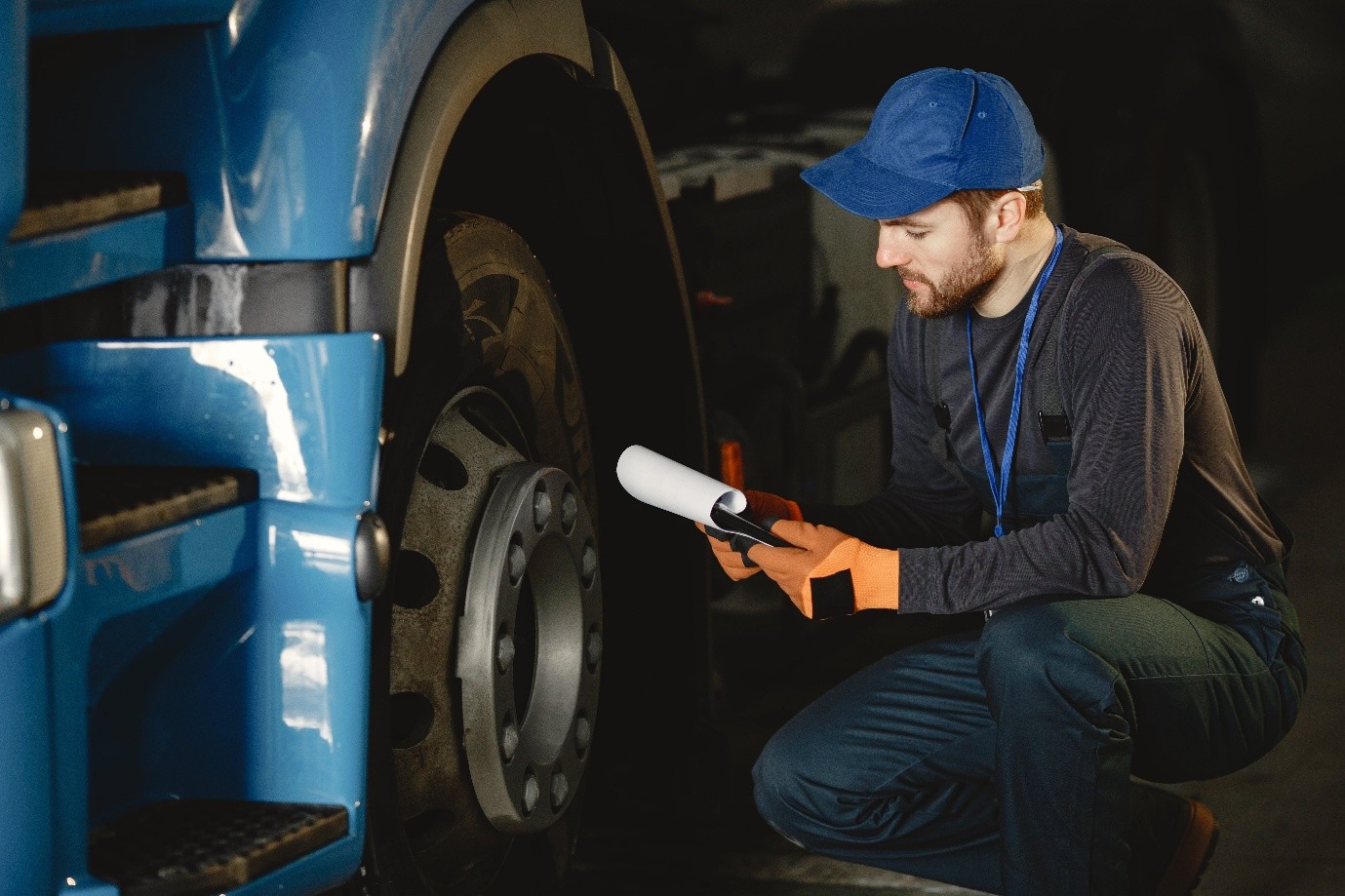
If you want a clear translation of grease-stained notebooks and garage chatter into courtroom evidence, expert trucking specialists are the people who do that heavy lifting, turning maintenance records and failed parts into a narrative a judge can understand. This piece walks through how mechanical failures like brake loss or tire blowouts get connected to neglect under federal rules (49 CFR Part 396), why a driver's witness matters, and what fleets and families should know when the wrench slips and lives are at stake.
At the heart of many negligence claims in trucking is 49 CFR Part 396, which requires carriers to systematically inspect, repair, and maintain vehicles and to keep records of periodic inspections and repairs. An expert trucking witness will point to specific sections of that regulation, driver vehicle inspection reports, periodic inspection intervals, and qualifications for inspectors to show whether a carrier met the legal baseline or fell short. Referencing the rule itself is essential because it defines the duty that, if breached, can turn a mechanical failure into actionable negligence.
A tire blowout or sudden brake fade rarely appears out of thin air. An expert trucking evaluator looks at service history, the driver’s pre-trip inspection records, maintenance shop logs, and periodic inspection certificates to find gaps, for example, deferred repairs, repeated “temporary” fixes, or missing records that should document a component replacement. That factual chain helps establish whether a reasonable maintenance program (as required by Part 396) was in place or whether shortcuts created unacceptable risk. When records are thin, an expert’s reconstruction of wear patterns, fracture surfaces, and maintenance timing becomes central to proving causation.
When called in, an expert trucking investigator usually follows a three-step playbook: preserve the evidence, analyze the mechanical failure, and assess compliance with regulations and industry standards. Preservation means photographing components in place, sealing parts for lab analysis, and collecting maintenance records and electronic logs. Analysis includes metallurgical or rubber failure testing, brake lining measurements, caliper function checks, and tire cord separations. The last stage is to compare those technical results to the carrier's inspection and repair plan to see if systematic negligence, not just a single part problem, caused the occurrence.
Part 396 says that carriers must keep records of inspections and maintenance on the vehicles they own, do inspections every year, and make sure that the people who do the inspections are qualified. An expert trucking opinion will look at whether brake inspectors were properly trained or certified, whether they met the standards of §396.25, and whether the necessary corrective actions were monitored and finished. Those regulatory touchpoints are often where negligence claims succeed or fail because they map directly to legal duties.
When experts review fleets, the same patterns keep surfacing: inadequate pre-trip inspections, repeated “band-aid” repairs without root-cause fixes, deferred maintenance to meet delivery schedules, and poor parts traceability. An expert trucking witness can demonstrate how a missed inspection or a delayed brake adjustment snowballed into catastrophic failure, using timelines that pair loading logs, repair orders, and the vehicle’s last documented inspection to show the missed opportunities to prevent the crash.
Mechanical failure analysis is not guesswork: clean lab techniques reveal whether a tire suffered internal separation from age, overload, or manufacturing defect; whether brake fade resulted from fluid contamination or worn rotors; or whether a wheel bearing failed from inadequate lubrication. An expert trucking analyst uses measurements, microscopy, and material testing to tie the physical evidence back to maintenance records. That technical bridge is what converts “it broke” into “it broke because this required maintenance wasn’t performed.”
Plaintiff attorneys often use an expert trucking witness to explain why a carrier’s maintenance program was inadequate and proximate to the harm, while defense teams may counter with evidence of manufacturer defect, unforeseeable misuse, or proof that inspections occurred on schedule. Either way, clarity matters: the best expert testimony is visual, stepwise, and rooted in documents and measurable facts, not just opinion. Demonstrative exhibits annotated repair logs, inspection timelines, and failure-mode diagrams are indispensable in making these technical differences comprehensible to non-technical decision-makers.
To lower their liability and improve safety, carriers should keep clear, full inspection reports, make sure that inspections are done on a regular basis according to federal regulations, hire qualified mechanics and brake inspectors, and keep parts and repair records for the required amount of time. A trucking expert can help you make checklists and training modules that make sure your shop practices are in line with the law. This way, compliance becomes a proactive safety asset instead of a reactive legal shield.
When a tire blows or a brake fails, the mechanical facts and the maintenance paper trail together decide whether the event is an unavoidable malfunction or the foreseeable result of neglect. Expert trucking testimony provides the technical, regulatory, and narrative glue that binds those facts into a credible account for courts, insurers, and families. Investing in thorough inspections, qualified staff, and detailed records isn't just good safety policy; it's also the best way to avoid having your case go to court. In an industry where simple maintenance decisions may have big effects on people's lives, this is the best way to stay out of trouble.